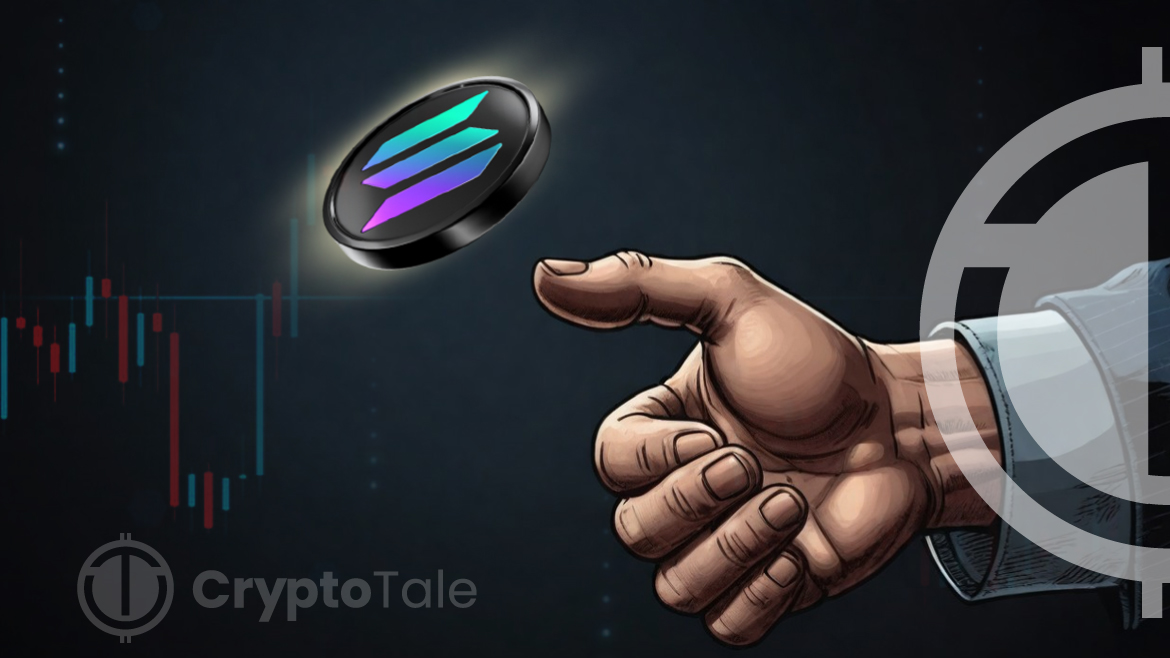- Recent investigations reveal that 12 Solana memecoins, which raised a combined total of $26.7 million through presales, have been abruptly abandoned.
- Tokyo cautions investors about the high risk of ‘rug pulls’ in scenarios where a single holder controls over 30% of a meme coin’s supply.
- The analyst provides potential investors with a comprehensive guide using tools like Solscan to identify and analyze promising memecoin opportunities.
Independent blockchain investigator ZachXBT recently reported that 12 memecoins collectively raised $26.7 million through presales in the past month, only to be abandoned soon after. Notably, ‘I like this coin’ raised 52,220 SOL ($7.7 million), launched with a market capitalization of $577 million, and then saw its value drop more than 90% within just eight hours. After a brief initial period, the activity surrounding this token virtually ceased.
Similarly, the MOONKE token experienced a catastrophic decrease in value shortly after its launch, mirroring the volatility and risk inherent in these investments. Additionally, there was a project that raised 4,567 SOL ($812,000) but failed to launch its token, further spotlighting the speculative and often precarious nature of memecoin markets.
In the risky environment of crypto investments, it is essential for investors to stay cautious. Tokyo, an on-chain trader and DeFi analyst on X, has highlighted and laid out strategies for scrutinizing risky memecoin projects. The analyst’s insights come as the crypto community has witnessed several notable Solana meme coin projects being abandoned after raising funds.
In a series of posts on X, Tokyo delineated the process by which potential investors can uncover promising memecoin opportunities without relying on insider information. The strategy revolves around the adept use of several free tools.
The Sloscan platform would allow users to access a wealth of data on decentralized exchanges (DEXes), including asset prices, total value locked (TVL), and 24-hour trading volumes. Tokyo specifically noted the importance of beginning the investigative process at the Raydium interface on Solscan, where essential financial metrics are readily accessible.
Moreover, Tokyo provided a step-by-step guide for evaluating memecoins. After initial data gathering, he advised investors to closely monitor the list of token holders. By observing the actions of established traders, one can replicate their strategies to potentially secure significant gains. Tokyo shared a personal anecdote where following a ‘whale’—a term used for traders with substantial holdings—on the Solana blockchain through detailed transaction history available on CieloFinance helped him earn $30,000.
Lastly, the analyst warned of the risks associated with tokens that have a single holder controlling a significant percentage of the supply. He explained that any token on the Solana network where a holder owns more than 30% poses a high risk of a ‘rug pull.’ This term refers to a scenario in which developers abruptly abandon a project and steal user funds.






